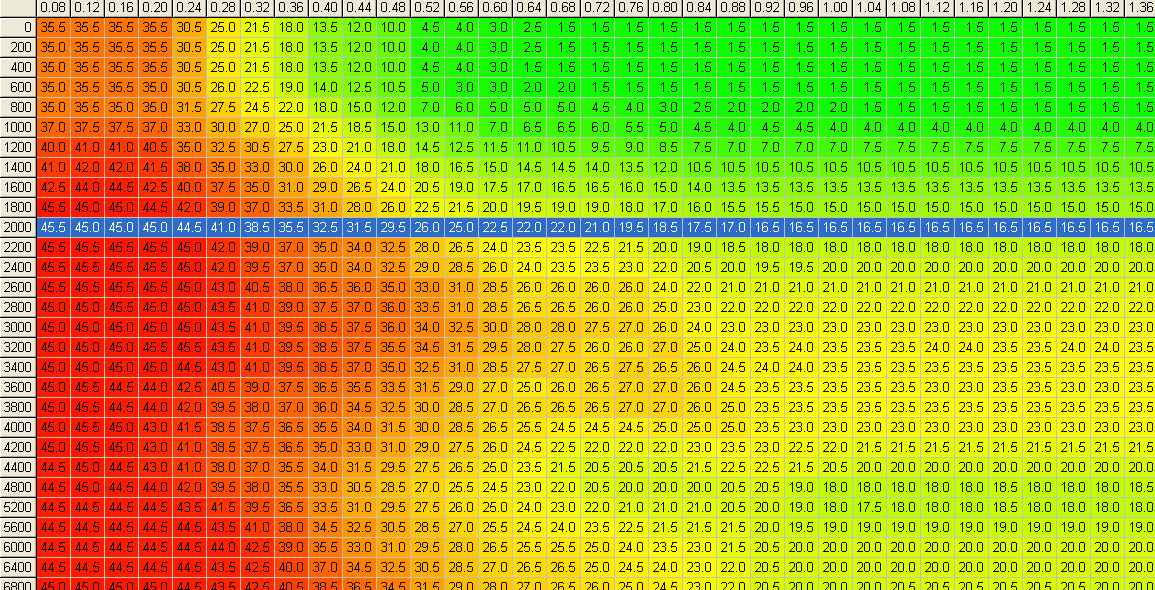As per how it effects transition off the idle circuit in a q-jet, I have no idea.
However if you look at the timing maps of modern vehicles, you can see that even at idle rpms and no load, they are adding big amounts of timing. You can find some timing maps of stock or near stock vehicles that demonstrate this.
Ostensibly from an 08 (LS3 Corvette)

Your top row is your map reading in kPA and your left side row is rpm. This is basically a load vs rpm relationship. Hi load, higher kPA etc.
So taking my personal car as an example, it idles at about 800 rpm and the map reading there is typically around .36. If you extrapolate that data to the above table, that engine would be running about 25 degrees of total timing. Based on where my initial is set and 10 degrees in the can, I'd be at 21 degrees, so that table isn't way far off. But you have to also look at things compared to total timing. I've got me engine setup to run 31 degrees total. The LS3 map shown above shows that engine in most of the loaded range is only wanting 21-23 degrees. So the fact that a stock LS3 at idle will want about 23 degrees of timing, tells you something about why you may want to be on manifold vacuum over ported vacuum.
the is of course effected by the volumetric efficiency of your engine at idle. Larger cams will produce less efficient idle, lower kPA and as a result will like even more timing at idle.
I'm not a carb expert, nor a q-jet expert, but I'm assuming if you're running manifold vacuum with one of those carbs, you can tune it to compensate for that loss of vacuum signal with a sharp throttle stab off-idle.